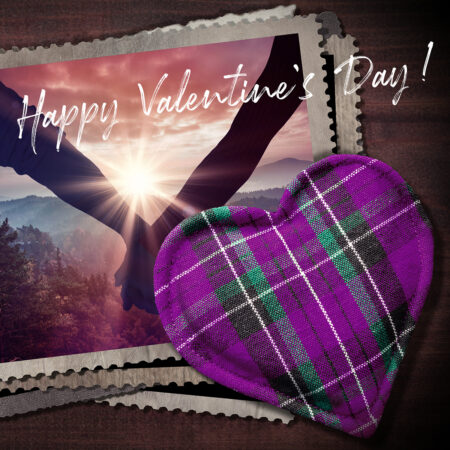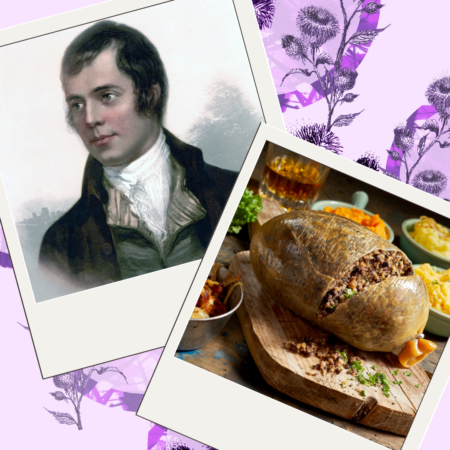A fabulous new book explores the ancient history of Scotland’s famous traditional dress and reveals some surprises about its origins and meaning
The origins of formal Highland dress can be traced back to the Sixteenth Century and were worn as a display of power and wealth, according to a new book published by the National Museum of Scotland.
The lairds of Highland clans and their staff are said to have been the original trailblazers for the look that would eventually be championed by the Royal Family.
Dr Rosie Waine, a research fellow who has written the new book, suggested accounts of Highland dress being invented by the Georgians have been ‘over-exaggerated’. Dr Waine said: “The origins of Highland dress are quite difficult to pin down.
“I define it as formal Highland dress culture, which emerged during the Sixteenth and Seventeenth Centuries, in Scotland, largely as a form of ceremonial costume, worn as a display of power and wealth.
“The people who would have originally work Highland dress would have been lairds or their retinue: bards, storytellers, musicians, and people whose skills gave them a lot of social cachet. It was pretty common for their wages to encompass money, land and clothing.
“In order to be marked out as someone of status, Highland dress would have been typically paid for by the laird. It was very much ingrained in the clan history of the Highlands.
“There were clan lairds still practising this in the early-mid Eighteenth Century, but even if they weren’t, it would still have been very much part of the culture of the aristocratic Highlands.
“But with the Jacobite risings and the persecution of that Highland dress image, it became dangerous to uphold.”
The book explores the rise of Highland societies from the 1770s, from the successful challenge to the Dress Act, the notorious kilt ban introduced in the ake of the Jacobite rising in 1745.
Highland Style by Rosie Waine was published in April by NMSE Publishing Ltd







